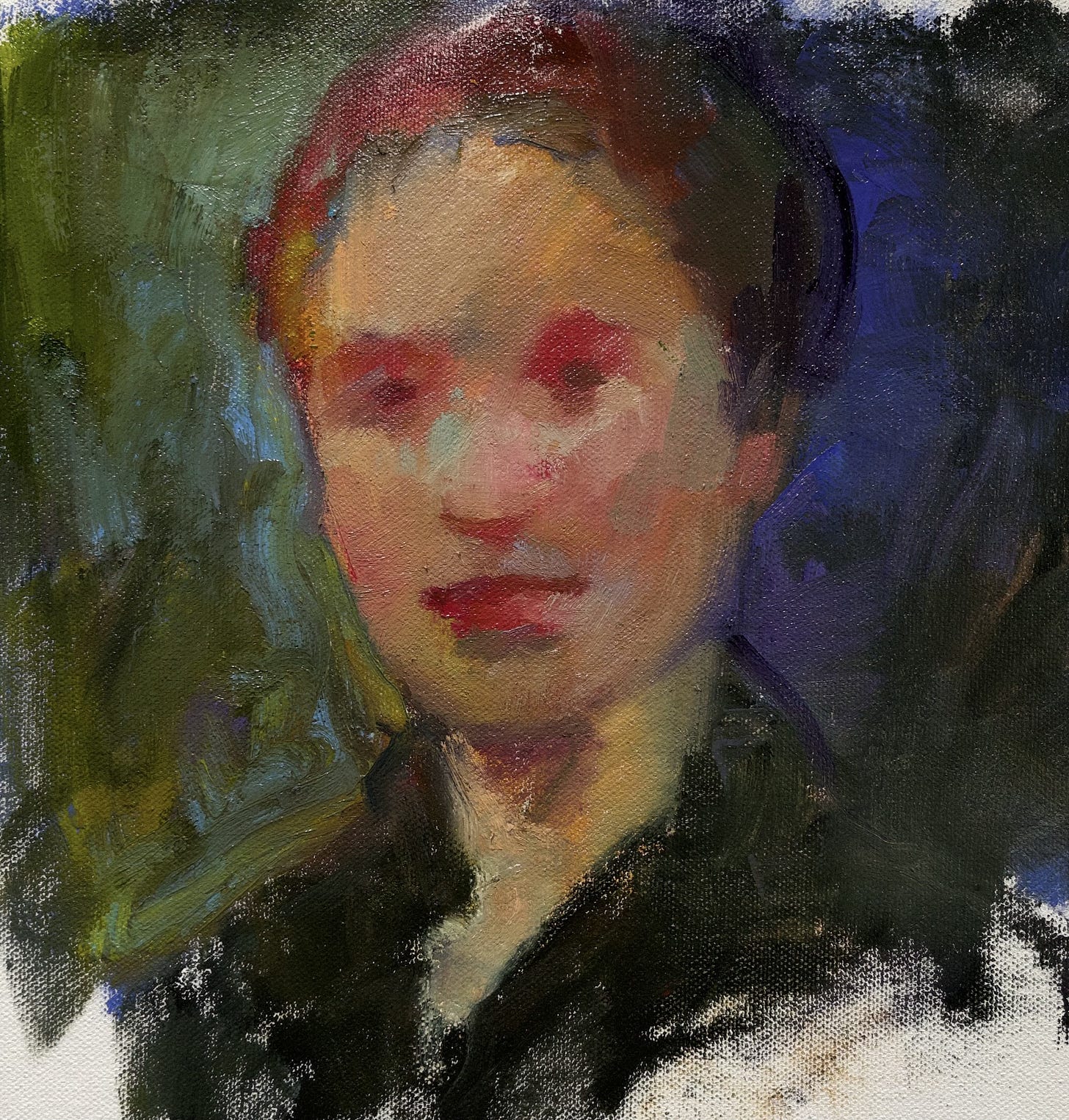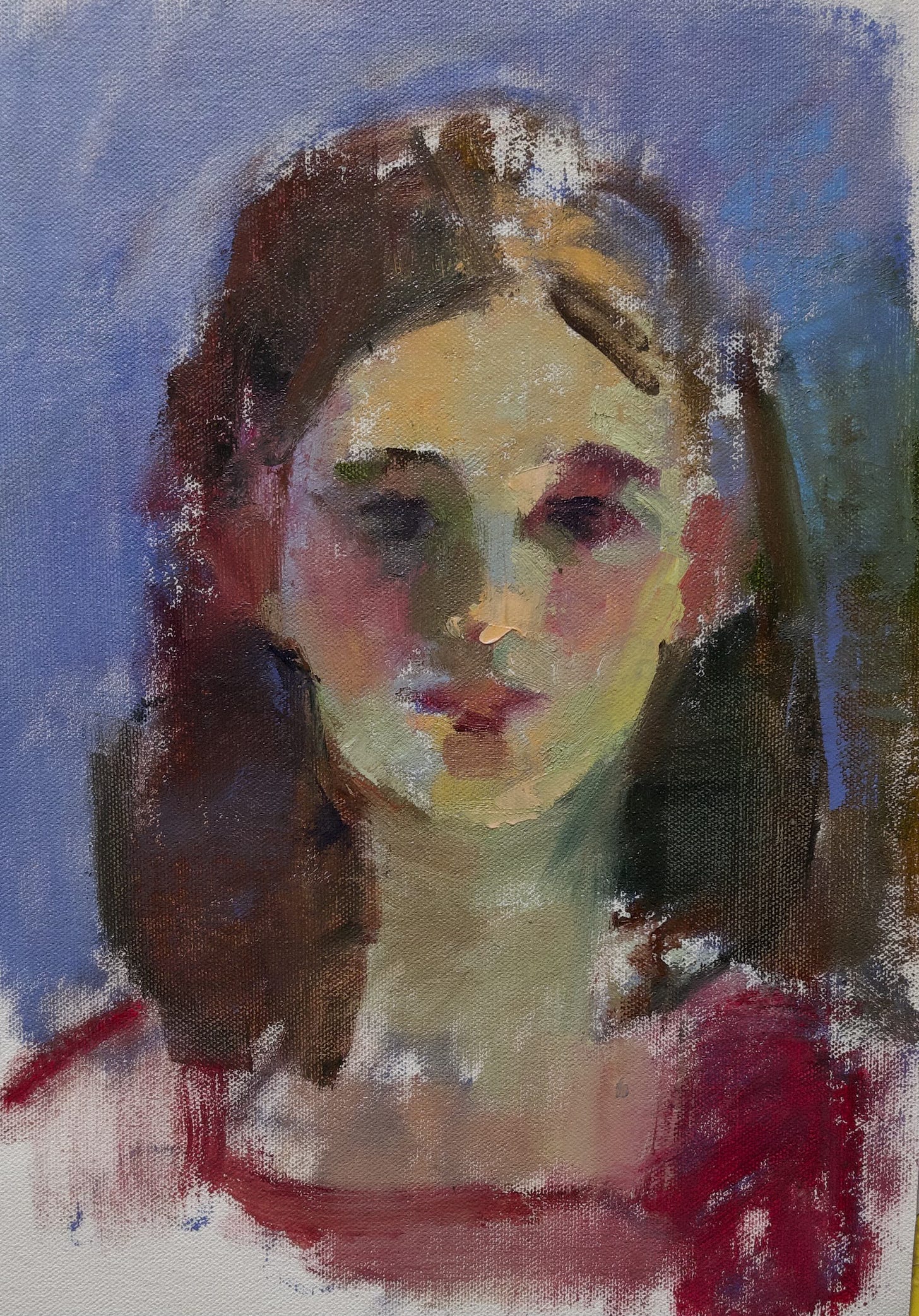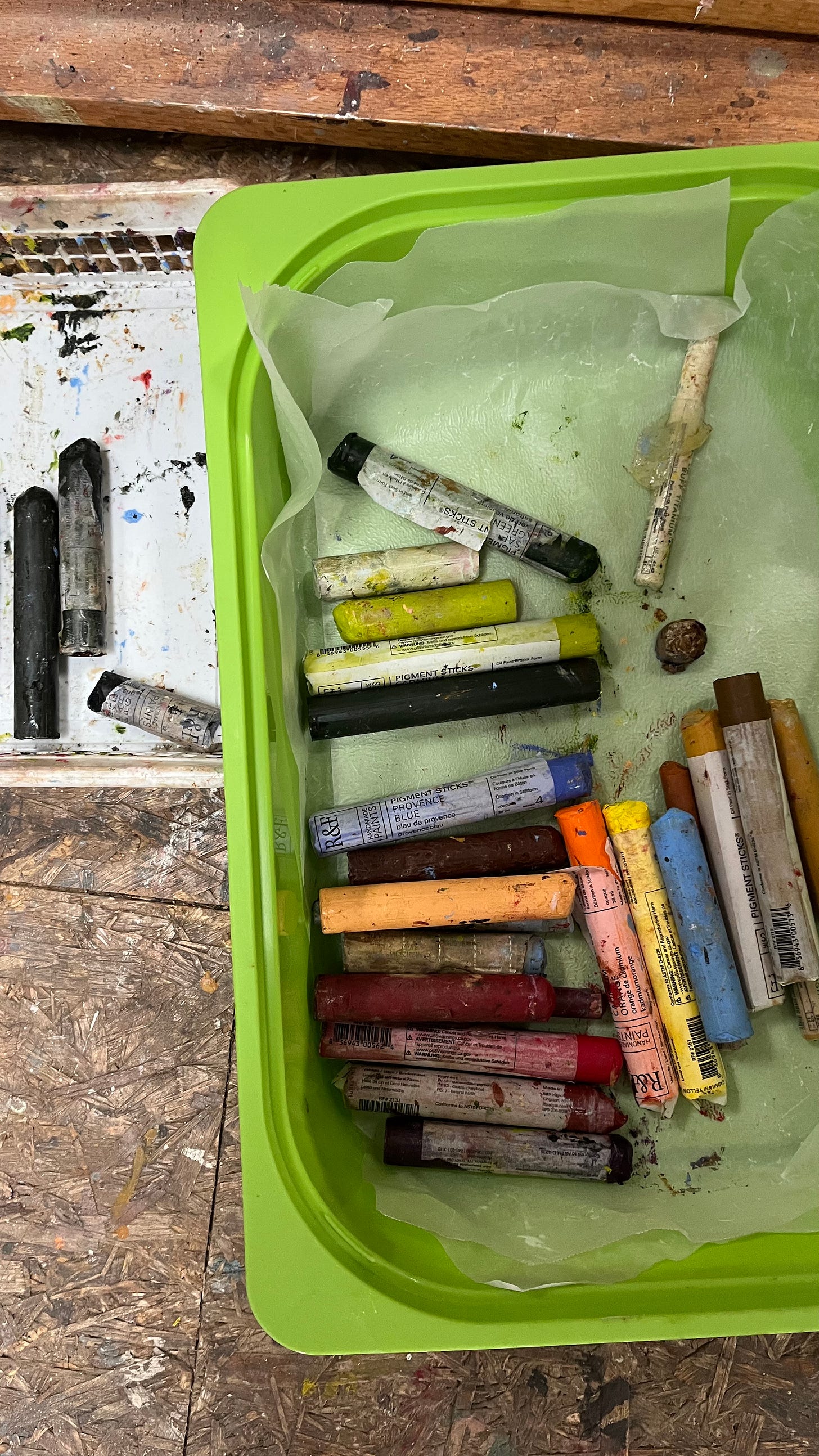I confess: I own a lot of art supplies, but I didn’t own many pigment sticks until yesterday. Happily, an expensive trip to the store rectified that problem nicely.
R&F pigment sticks are oil paint mixed with natural wax (I’m assuming beeswax, but I don’t know). They’re described as being lipstick consistency and that’s accurate. Imagine smearing a tube of richly-pigmented, soft lipstick over your canvas. It would leave heaps of saturated colour and it would also wear down very quickly. These pigment sticks do the same thing.
I’ve got a few Kama pigment sticks, as well, but they’re not creamy and rich. They’re like a 2H pencil to R&F’s 9B pencil: hard to R&F’s soft. I don’t think I could use the Kama sticks on stretched canvas because it takes a lot of force to get them to deposit colour and that would dent the canvas.
Pigment sticks can be used within an oil painting as long as you follow fat over lean as you normally would. One of my favourite abstract painters, Jenny Nelson, uses them beautifully to create lines that contrast with the brush-applied patches of colour on the canvas.
I bought them because I want to increase the variety of marks that I can achieve in a painting, but they’ve already had an unexpected impact on my application of oil paint and colour. I found myself applying oil paint in a totally different manner from my usual one.
After roughing in the faces with the sticks, I switched to brushes and paint and quickly discovered that diluted paint couldn’t compete with stick colour. Also, because the stick colour was wet, there was an oily, thick feel under my brush and I couldn’t make a clean, wet-on-wet layer. Instead, I had to used generous amounts of paint with no added medium and I had to hit colour in a big way. It was an instinctive response and both pieces look quite different from my usual brush work.
I found it refreshing to surprise myself with a new working method and it gave me something to think about for the in-progress paintings in my studio.
You may have noticed that I put medium-free (lean) paint on top of wet, oily- feeling paint. That’s acceptable for alla prima work. The two layers will merge and cure together, not as 2 separate layers. I can’t do this for wet-over-dry painting, though, as the 2nd layer would crack. So I’ll have to add some oil to my paint before applying it over the dry stick layer to ensure that I’m respecting fat over lean.
On my to do list is to contact the manufacture and learn the fat content of the sticks - they feel quite oily - so that I know how to use these as I build layers.
Here is my current collection of colours which will, I suspect, grow with time. It will be money well spent. Like Flashe paint, pigment sticks are something that will force me to do more thinking and problem solving as I work and anything that makes my brain work harder is a very good thing!
Happy painting!







Here's an article about the fat over lean with pigment sticks. It's on the R&F website. https://static1.squarespace.com/static/5594060be4b03822e68a2635/t/65e221df48f4a8690db46a90/1709318624321/RF_Tech_Sheet_-_Fat_over_Lean.pdf
I have used these oil sticks also and love the marks they make. Agree, they spark a creative approach in application. One thing that kept coming up for me was how long they take to dry. Right now, I am painting over a large canvas and using the sticks to block in the new painting and obliterate the old. I am drawing with the sticks and smearing the gooey pigment with a brush/paper towel and mixing in some Liquin, hoping it will abbreviate the dry time. Really fun each time.